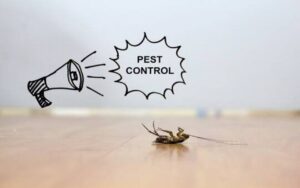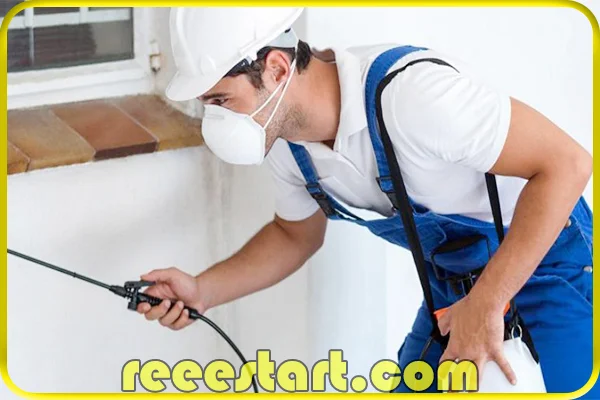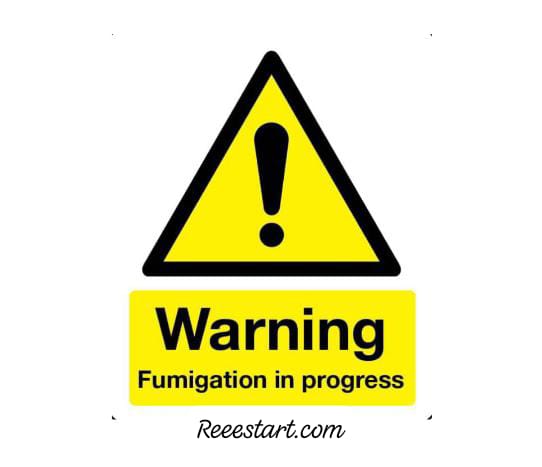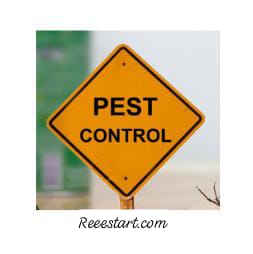Public health Pest Control is a critical aspect of maintaining healthy living environments. It involves strategies to prevent and control pests that can transmit diseases or pose other health risks to humans. Here are some key principles to mastering Public Health Pest Control.
Key Principles to mastering Public Health Pest Control
Understanding Pest Biology and Behavior:
- Identify pests, Know the types of pests common in your area and their specific characteristics.
- Understand life cycles, Learn about the different stages of pest development (eggs, larvae, pupae, adults) and how they impact their populations.
- Recognize behaviors, Understand how pests find food, shelter, and reproduce. This knowledge is essential for effective control measures.
Integrated Pest Management
- Prevention, Implement preventive measures to reduce pest infestations, such as sealing cracks and holes in buildings, maintaining proper sanitation, and storing food appropriately.
- Monitoring, Regularly inspect for signs of pests to detect infestations early.
- Least toxic methods, Prioritize non-chemical control methods like physical removal, traps, and biological control agents whenever possible.
- Chemical control, Use pesticides as a last resort and only when necessary, following label instructions carefully to minimize environmental impact and human exposure.

Frequent Questions
- first upon discovering a pest that may require control?
A:The initial step is to accurately identify the pest to ensure precise understanding of the issue at hand.
- Q: Why is pest identification crucial for developing an effective pest control strategy?
A: Identifying the pest provides essential information about its life cycle and periods of vulnerability, enabling you to devise a targeted and efficient pest control plan.
Differentiating Public Health Pests
- Q: What are the differences between persistent pests, sporadic pests, and potential pests?
- A: Persistent Pests: These pests are typically always present and necessitate regular control measures.
- Sporadic Pests: These include migratory, periodic, or occasional pests that require control intermittently rather than consistently.
- Potential Pests: Organisms that are not pests under normal circumstances but can become problematic and necessitate control under specific conditions.
- Q: What do the terms pest prevention, suppression, and eradication mean?
- A:Prevention:Involves actions to prevent pests from becoming a problem.
- Suppression: Efforts to reduce pest populations or damage to an acceptable threshold.
- Eradication: The objective is to completely eliminate the pest population.
Pest Thresholds and Control Strategies
- Q: What is a threshold in pest control, and what should be considered when developing a strategy?
A: A threshold refers to the pest population level at which action must be taken to prevent unacceptable damage or infestation. When developing a pest control strategy, it’s crucial to consider the action threshold to determine when to implement control measures.
- Q: Describe the importance of pest monitoring in a pest control strategy.
A:Pest monitoring entails examining or scouting an area for pest presence, population levels, and damage extent. This practice is vital as it helps ascertain if threshold levels are met and evaluates the effectiveness of control measures.
Integrated Pest Management (IPM)
- Q: Define Integrated Pest Management (IPM) and list several methods included in an IPM strategy.
A: Integrated Pest Management (IPM) is a comprehensive approach that combines multiple pest control methods into a single, effective strategy to reduce pest damage to acceptable levels. Methods in an IPM strategy can include:
- Host Resistance
- Biological Control
- Cultural Control
- Mechanical Control
- Sanitation
- Chemical (Pesticide) Control
Pesticide Control of Pests
Q: What are possible reasons for failure in pest control after pesticide application?
- A: Potential causes for ineffective pesticide control include:
- Pest Resistance
- Incorrect Pesticide Selection
- Misidentification of the Pest
- Incorrect Pesticide Dosage
- Improper Application Techniques
Q: How can you prevent pests from becoming resistant to the pesticides you use?
- A: To mitigate pest resistance, employ Integrated Pest Management (IPM) and rotate the types of pesticides used, ensuring a diversified and strategic approach.
Effective public health pest control hinges on proper identification, understanding the types of pests, developing accurate thresholds, and utilizing a holistic approach like Integrated Pest Management (IPM).
Appropriate pesticide application and strategic management are key to preventing resistance and ensuring success. Remember, prevention is always more effective than eradication, and a well-informed, strategic plan is fundamental to sustainable pest control.




